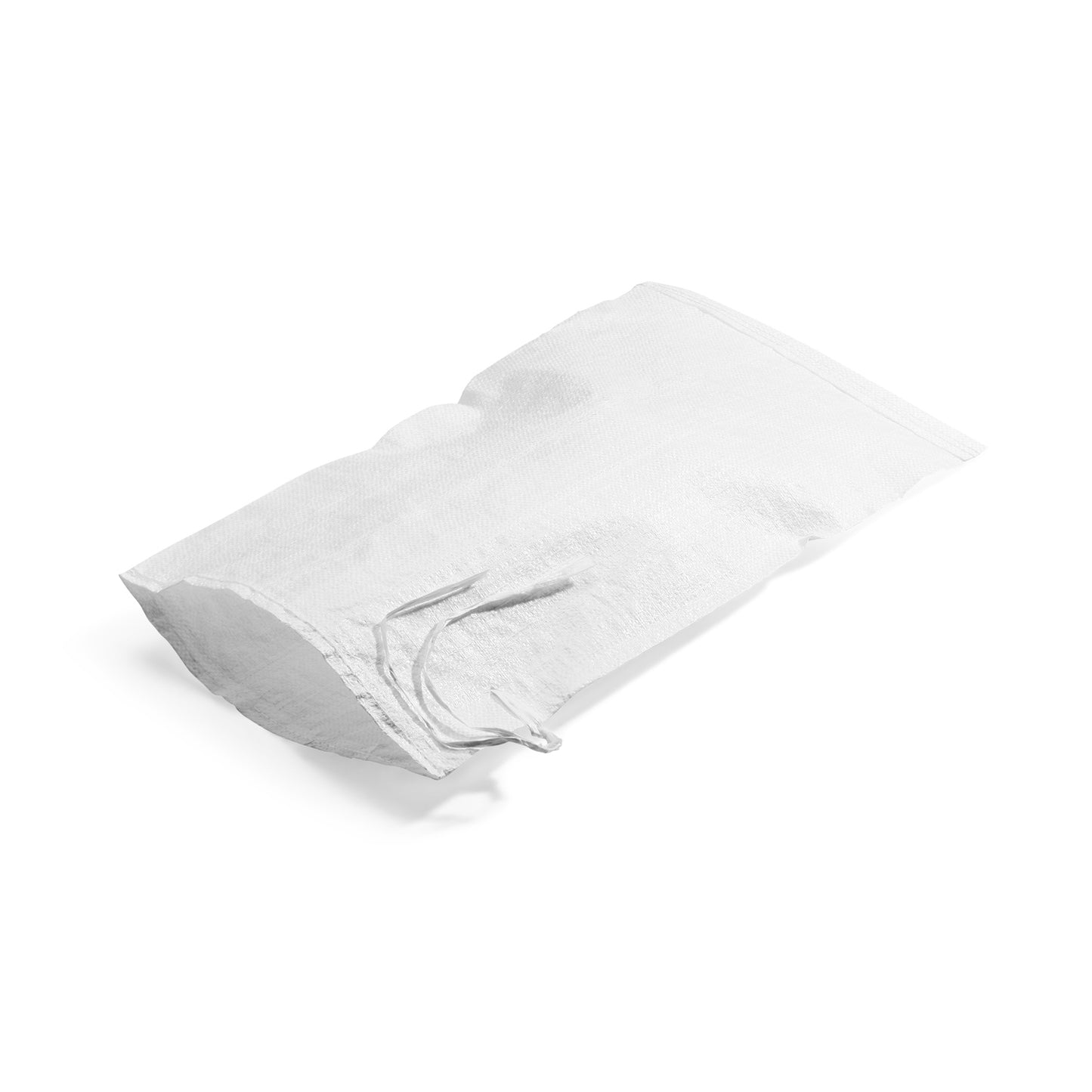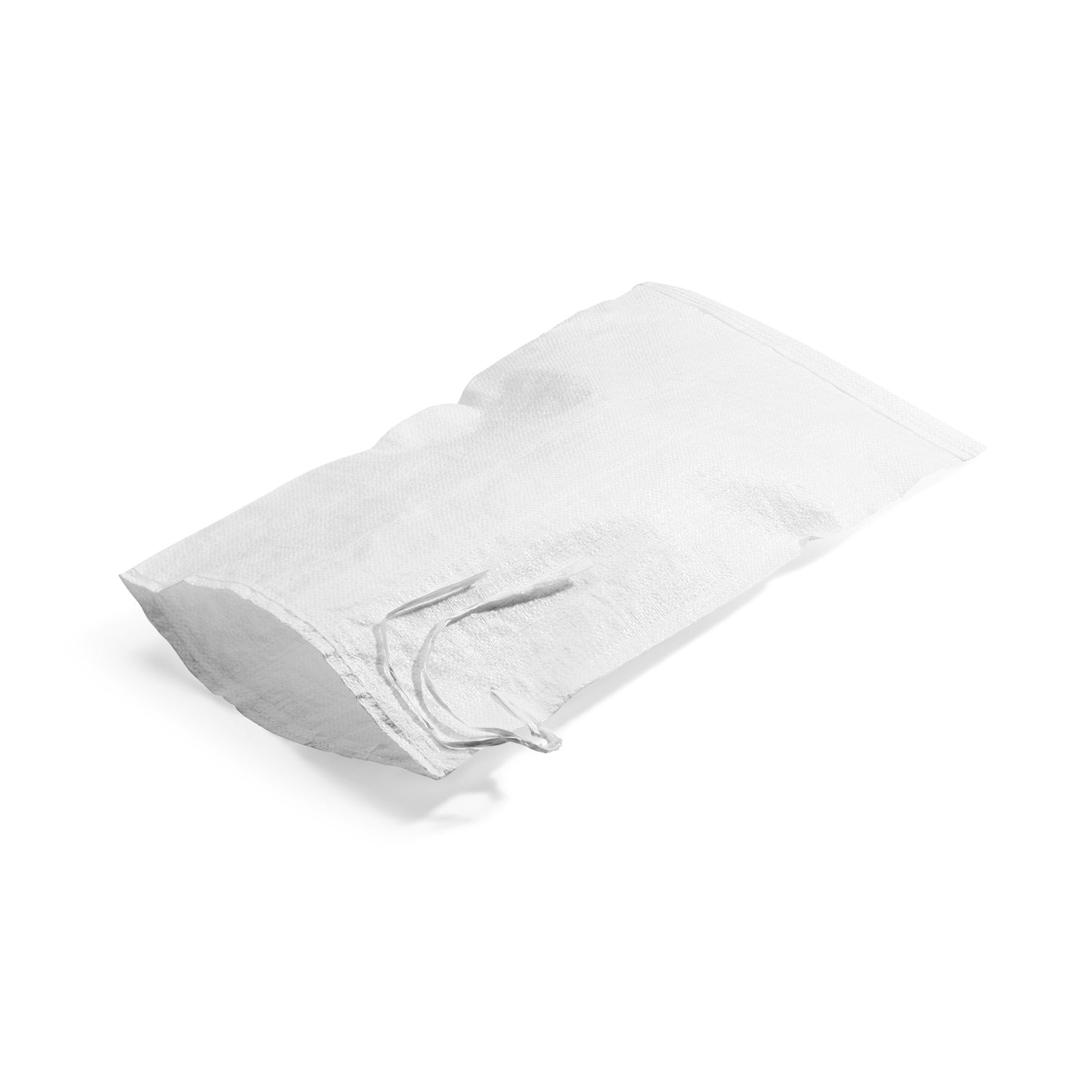Heavy Duty Military Grade Polypropylene Sandbags 12" W x 15" L - UV Coated, Trusted by Government Agencies, Contractors and Nonprofits
Heavy Duty Military Grade Polypropylene Sandbags 12" W x 15" L - UV Coated, Trusted by Government Agencies, Contractors and Nonprofits
Couldn't load pickup availability
 Buy on Amazon
Buy on Amazon
Description:
Our rugged sandbags are made with thick weaves allowing for heavy duty applications like sandbagging, landscaping, construction, and building flood barriers. Featuring a weave count of 10x10, these tough, coarsely-woven sandbags can be used for so many different applications. Made with 1600 hours of UV protection, these sandbags can sit under the sun for six months before they begin to breakdown. We recommend filling sandbags 1/2 to 2/3 full and tie the bag at the top (lay flat when in place). The sandbag should weigh between 30-35 lbs. An overfilled sandbag that weighs between 45-60 lbs may leave gaps that can allow water to seep through. Always wear gloves during filling operation to avoid hand injuries and protect from contaminants in sand and floodwater. Safety goggles should be used on dry and windy days. Filling sandbags is physically demanding work and can easily cause back and other injuries if not careful. Always lift with your legs and not your back. Do not reach out, bend over, or twist when lifting. Do not throw sandbags as it may cause stress to the back and shoulders. Rather, use a brigade line to pass bags. Use a short handled, #2 rounded point shovel with straight shaft and D grip, bagger scoop or funnel to fill sandbags. Remove any debris from the areas where the sandbags will be placed. After placing the sandbag, walk on sandbags to create a tight seal between each bag.
- MILITARY-GRADE DURABILITY: Our sandbags are constructed with a robust 10x10 weave count, ensuring military-grade strength for heavy-duty applications such as sandbagging, landscaping, construction, and flood barrier building.
- EXTENDED UV PROTECTION: Equipped with a UV Inhibitor, these sandbags offer superior protection, lasting up to 6 months under direct sunlight. In cooler regions, their longevity extends from 6 to 24 months, providing reliable performance in various weather conditions.
- TRUSTED BY PROFESSIONALS: Widely trusted by government agencies, contractors, landscapers, and nonprofits, including the US Army and Red Cross. These sandbags are the first and last line of defense for homes and businesses against hurricanes, floods, and other emergencies.
- SECURE AND EASY TO USE: Featuring a 10-inch wide opening, our sandbags are designed for easy filling with sand or gravel. The double-stitched bottom ensures a secure seal, and each bag has a 50 lb weight capacity, offering optimal protection for your property.
- VERSATILE APPLICATIONS: With a recommended filling of 1/2 to 2/3 full and a tie at the top, these sandbags weight between 30-35 lbs, striking the perfect balance between effectiveness and manageability. Suitable for preventing erosion, creating sandbag walls, and ensuring temporary signs stay in place, these sandbags are a versatile solution for various needs.
Share






